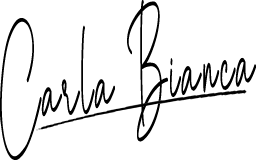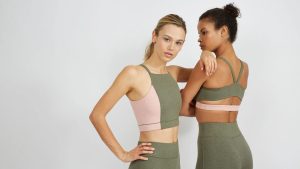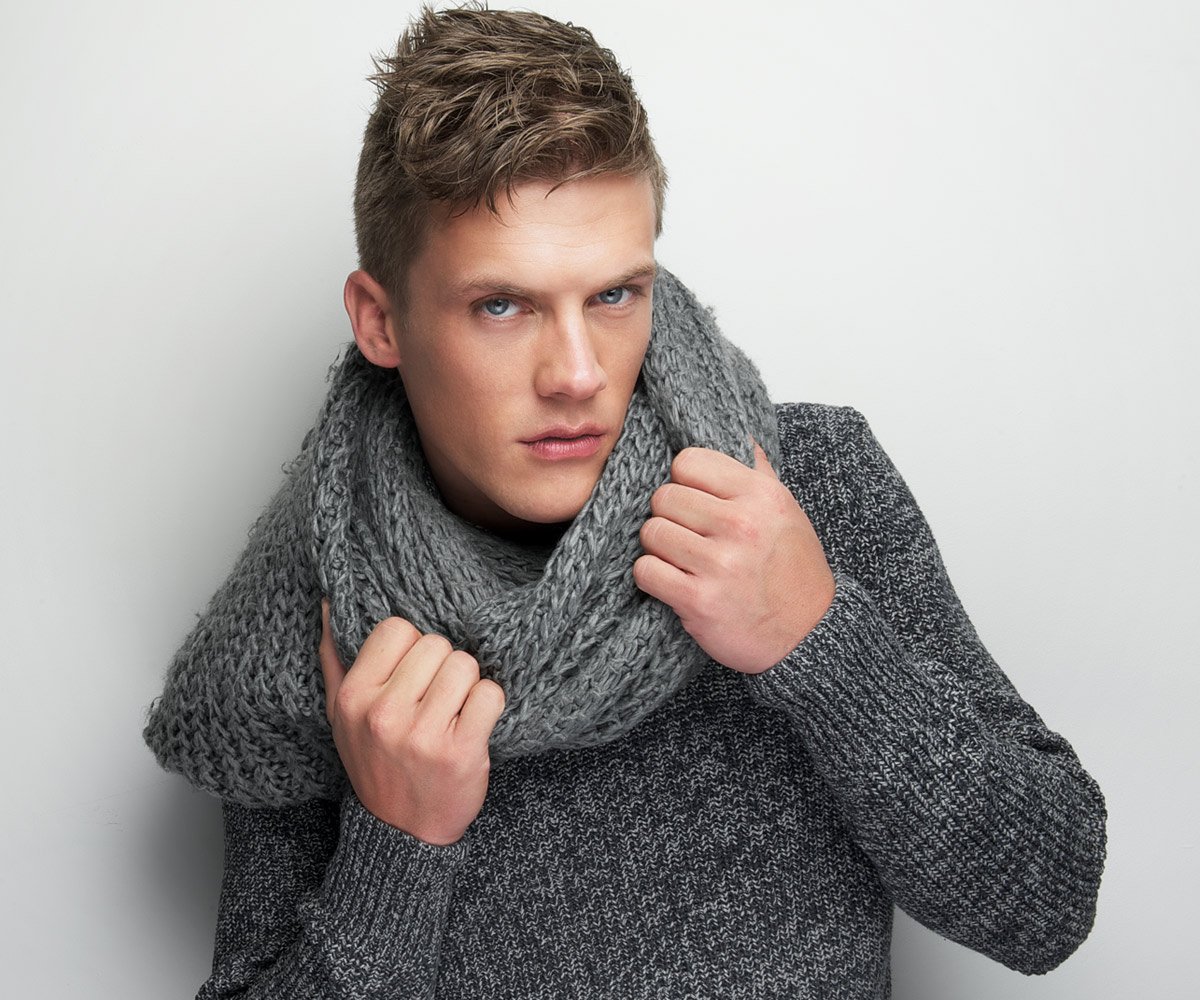From rugged tubes of cloth built for riders and soldiers to the everyday uniform of office and street, pants have traced a winding path through human history-shaped by need, technology, and changing ideas of who we are and how we move [1][2].Early trousers answered practical demands-warmth, protection, mobility-especially in cultures centered on horseback travel, even as others, like the Romans, resisted them as “barbarian” wear [2][3]. Over centuries, trousers shifted from frontier necessity to social signal, evolving with craft, class, and custom, and later becoming a locus of debate and liberation as they moved into women’s wardrobes and onto global runways [1][2].
Pants Through time: Function, Fit, and Form traces this evolution with three lenses: function, where utility forged the garment; fit, where the body, the saddle, and eventually the factory reshaped silhouettes; and form, where culture and status wrote themselves into pleats, seams, and cuts [1][3]. By following where trousers emerged, why they spread, and when they were resisted or reclaimed, we uncover how a simple pair of fabric tubes became one of the most expressive, adaptable garments in the human wardrobe [2][1].
From Cavalry to Commute: Reinforced seats and knees for abrasion, higher back rise for riding posture, pleats and cargo pockets when tool carry matters
From the saddle to the subway, the pressure points haven’t changed-only the scenery. Riders and commuters alike battle friction at the seat and knees, so makers doubled down with reinforced panels and bar-tacked stress zones designed to resist wear. In textile terms, “reinforced” simply means strengthened-think double-layer twill, hidden patching, or a Kevlar blend that takes the scuff so you don’t have to [[[3]][[[2]]. Even the language keeps pace: ”reinforce” is the widely accepted form in specs and standards, the common shorthand for durability upgrades in contemporary apparel [[[1]]. The result is quiet armor-subtle, utility-first decisions that make pants last longer on cobblestones, crosswalks, and commutes.
A higher back rise supports a forward-leaning posture, keeping coverage when you’re on a top tube or leaning into a tool bench, while articulated knees fold smoothly instead of binding. Carry still matters, so tailoring borrows from field kit: pleats to expand on demand, and cargo pockets to stage the day’s essentials without bulk creep.
- Reinforced seat/knees: abrasion resistance where it counts [[[3]][[[2]]
- Higher back rise: coverage for ride-ready posture
- Pleats: flex room for movement and breathability
- Cargo pockets: tool-and-tech association without sag
- Bar-tacks & rivets: micro-strength at high-stress seams

Rise, Ease, and Silhouette: Pick mid rise for balanced posture, high rise for long legs, allow two finger thigh ease, taper below the knee to streamline without restricting stride
Mid rise centers the waistband where most bodies move best, keeping shirts tucked and posture composed through the day-neither tilting the pelvis nor cutting the torso in half [[[2]]. Opt for high rise when you want the leg line to read longer and the waist to feel more secure; modern fit guides even call out longer rises by the number, a rapid cue to how much vertical room you’re getting [[[2]][[[3]]. If the fabric pulls into whiskers across the front or the pockets flare, the rise or seat is fighting your frame-classic signs to size or fit-adjust instead of “breaking in” discomfort [[[1]].
- Choose mid rise for balanced proportions; choose high rise to visually lengthen legs and anchor the waistband higher [[[2]].
- Two-finger thigh ease: you should slide two fingers flat between fabric and thigh without strain; pinching more than a small fold means baggy,less means binding [[[1]][[[2]].
- Taper below the knee to streamline the silhouette, but keep the hem opening generous enough to walk, climb stairs, and sit without grabbing the calves [[[2]].
| Choice | Visual Effect | Mobility Check |
|---|---|---|
| Mid rise | Balanced torso-to-leg | Sits, stands, and bends without gaping [[[2]] |
| High rise | Legs read longer | Waistband stays put; no front pull lines [[[1]] |
| Two-finger ease | Smooth thigh line | No whiskers or pocket flare [[[1]] |
| Gentle taper | clean, modern leg | Full stride without calf grab [[[2]] |
Think of the silhouette as a corridor for movement: the rise sets the doorway height, thigh ease clears the path, and the calf taper guides the eye forward. When these three agree, you get a line that reads purposeful from waist to cuff-sleek in motion, quiet at rest, and tailored enough to bridge tasks and decades [[[2]][[[3]].

Seams, Closures, and Cloth: Prefer chain stitched hems for durability, bar tacked stress points, YKK or RiRi zips, match fabric to use, selvedge denim for hard wear, tropical wool for heat, stretch twill for travel
Structure first: hems stitched with a chain stitch shrug off abrasion and flex, resisting breakage and developing a gentle “rope” at the cuff instead of popped threads.Lock in longevity by insisting on bar‑tacked stress points-pocket corners, fly base, and belt loops-so daily tugs don’t turn into tears. For closures, specify YKK or RiRi zippers; their precise tolerances, clean tooth profiles, and reliable sliders keep the fly smooth under load. Detail choices matter: a covered fly shield that won’t snag, properly fused waistband, and cleanly serged interiors keep edges neat and friction low over years of wear.
- Chain‑stitched hem: better recovery, less thread snap under cuff friction.
- Bar tacks: pocket mouths,ticket pocket,belt loops,and crotch points.
- YKK or RiRi zips: metal teeth for rugged use; coil for softer drape and travel.
- Fly details: locking slider, sturdy tape, smooth shield, reinforced base.
Cloth follows purpose: selvedge denim (try 13-16 oz) favors hard wear, trading early stiffness for long‑term shape retention and graceful fading. In heat, choose tropical wool-its open weave vents, wicks, and resists wrinkles while hanging clean through the leg. For movement and multi‑leg itineraries,stretch twill with 2-4% elastane blends durability with recovery,so knees bounce back after hours seated.Match fabric to occasion and climate, then let the build carry it: sturdy pocketing, smooth lining where skin meets seam, and hems that can be let out without losing integrity turn a pair into a staple.

Tailoring and Upkeep: Hem to a light break, wash cold and inside out, line dry, press creases for formal trousers, schedule waist and seat checks every season to maintain fit
Set the line of your trousers like a metronome: a precise light break that kisses the vamp, then falls clean. A tailor can measure from your natural stance, account for shoe height, and micro-adjust the back rise so fabric drapes without pooling-crucial for wool, flannel, and crisp cotton weaves. Maintain authority with sharply pressed front creases on formal trousers; use steam sparingly and a pressing cloth to avoid shine. Build a seasonal ritual: have the waist and seat checked every few months to counter fabric relaxation,weight fluctuation,and the slow creep of belt-induced distortion. Local alteration shops handle hems, repairs, and quick refinements, often same-day, keeping your fit consistent without a full remake [1] [3].
- Hem: Aim for a light break; taper or slight cuff only if the fabric supports it.
- Wash: Cold, inside out-protects color, reduces abrasion, preserves hand.
- Dry: Line dry; let gravity smooth seams while preventing heat damage.
- Press: Creases for formal trousers; press, don’t iron-lift and set.
- Fit checks: Schedule waist and seat adjustments each season to maintain silhouette.
| Move | Effect | Pro tip |
| Light break hem | Crisp line, no pooling | Fit with your most-worn shoes |
| Cold, inside-out wash | Color and fiber retention | Mesh bag for delicate weaves |
| Line dry | Minimal shrink, better drape | Hang by cuff with clips |
| Crease pressing | Sharper, longer leg line | Press cloth to avoid shine |
| Seasonal checks | Fit discipline, longer wear | Log waist/seat measurements |
Care is choreography: turn trousers inside out before washing, smooth seams while damp, and hang from the hem to let gravity refine the fall. Store on clamp hangers with room to breathe; rotate wears so knees recover, and brush wool after each outing to lift lint and restore nap. When adjustments call, a trusted alterations shop can re-balance the seat, nip the waist, and refresh hems; if you’re building that relationship from scratch, proximity helps-use a local directory to find pants specialists nearby, then let consistency in fit become your signature [2] [1] [3].
Wrapping Up
As our tour of hems, seams, and silhouettes comes to a close, the story of pants reads like a ledger of human priorities: we solved for function, tailored for fit, and expressed ourselves through form. From their ancient origins to today’s versatile styles, trousers have mirrored shifts in work, movement, and technology, evolving with each era’s demands and possibilities [[[3]]. Changing social currents-especially the 20th century’s redefinition of gender roles-reshaped who wore them and why, as women adopted trousers in greater numbers during wartime and beyond [[[2]].
What comes next will likely echo the same triad: function pushing new materials and performance, fit expanding to meet more bodies and needs, and form continuing to negotiate identity, culture, and craft. The next time you pull on a pair-denim, tailored wool, or something yet to be named-you’re stepping into a long, unfinished narrative of utility and design, stitched across centuries and still being written [[[3]][[[2]].



